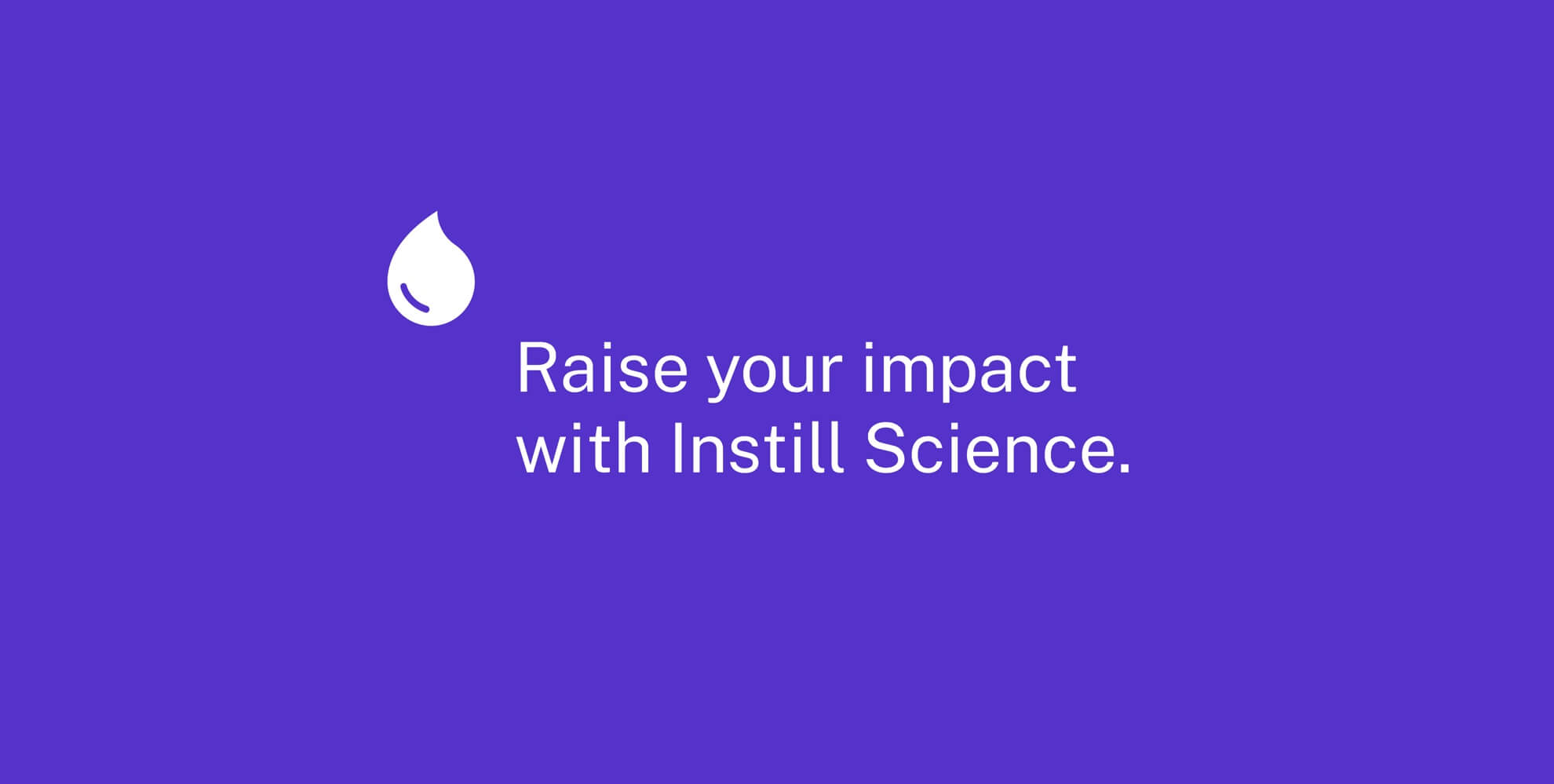Could I have published in a higher impact journal?
When I (Jessica) was a grad student, I was getting ready to submit my first first-author paper. I’d been part of papers before as a middle author, but this was the first I really felt ownership of. I was excited, hopeful, and overwhelmed. In the final stages of getting it ready for submission, we added a new collaborator to the author list, since we ended up using data they’d helped us analyze. When I sent the manuscript to that collaborator for feedback, and told him the name of the journal we were planning to submit to, I remember him saying ‘wow, this could go in a higher journal’.
Initially it felt great to hear that, and I beamed with pride when I saw that email. I’d never thought that about my paper, and had assumed I’d be lucky to get it into the journal we’d been planning to submit to. However, it felt too late at that point to rework it for a different journal, and I was tired and graduating soon and needed that paper out. There was no time to make that kind of change. We submitted, it was accepted, and I was happy it was out. But that experience planted a seed in my brain, and I’ve always wondered if that paper met its potential. How might things have changed if I’d gotten that feedback sooner, and had time to make changes and aim higher?
It’s hard to get a second opinion
Unfortunately there’s no structured way to get recommendations and suggestions from our scientific peers before submission to journals. It’s all based on knowing the right people and asking friends for favours. Of course, with years or decades of a career in science, these friendships accumulate and grow. But for everyone else, whether it be those just starting out, or those unable to attend the conferences where these connections are made and cultivated, there’s not much chance to get this kind of feedback when you need it. And even for those who do have the good fortune of a wide and solid network, asking for favours never feels great. Our colleagues are just as overworked as we are, and asking them to spend their precious time on our work instead of theirs, for little in return, feels wrong. So we make our best guesses and submit our manuscripts to the journal that seems like the best fit, and we wait for peer review.
What if our help went noticed?
It’s not like we don’t want to help our peers. It feels great to make a difference, and if our advice helps someone improve the impact of their work, that’s a win for both of us. It’s why many of us are here in academia in the first place. But with so many aspects of our jobs pulling at us from all directions, we have to prioritize doing work we can get credit for. It’s hard enough mentoring one’s own students, and getting one’s own research done and published, let alone helping those in other labs do the same.
A focus on contributing ideas
During the last Evergreen Phage Meeting, we presented the idea of launching Instill as a more affordable publication. We later decided that the world didn’t need yet another journal. So we stepped back to focus on a smaller part of the publishing experience. We looked into ways we could help the Phage Directory community, which spans over 80 countries. We looked at ways we could improve equity and access to scientific publishing. And it dawned on us that what researchers need is a way to get help before they even submit to a journal; ideas from their peers that help catapult them into a higher journal altogether.
So the idea of the Instill Community was born. In this community, members can invite and contribute ideas that help manuscripts get into the highest-impact journals possible. Members ask the community for ideas about a specific topic — e.g. phage TEM — and experts with phage and TEM experience can chime in and contribute ideas unique to their backgrounds and expertise. Maybe new collaborations could even spawn from this opportunity!
Join us on the Instill journey
If you’re excited about the idea of a community of sharing, receiving, and contributing ideas for the purpose of strengthening manuscripts, we’d love to hear from you.
Instill is still in its early stages (thank you to everyone who’s joined and shared feedback with us already!), and we are selecting a small group of members from Phage Directory who are actively interested in receiving and contributing ideas for manuscripts, leading writing workshops, or excited to write about how to improve manuscripts to get into higher impact journals.
Interested in sending a manuscript?
We’re looking for full and partial manuscripts to be matched with other members of the community!
If you’re looking for collaborators, or if you would like the community’s help for ideas on how to make your sections stronger — from phage TEM, to phage annotation, to statistical analysis, to English language support — let us know how we can help.
We’ll work with you to connect the areas you’d like help with with Phage Directory’s community of scientific experts, so you can get your manuscript the impact it deserves.
If you want to learn more about how Instill came to be, you can learn more from our Instill website.
Many thanks to Atif Khan for finding and summarizing this week’s phage news, jobs and community posts!






